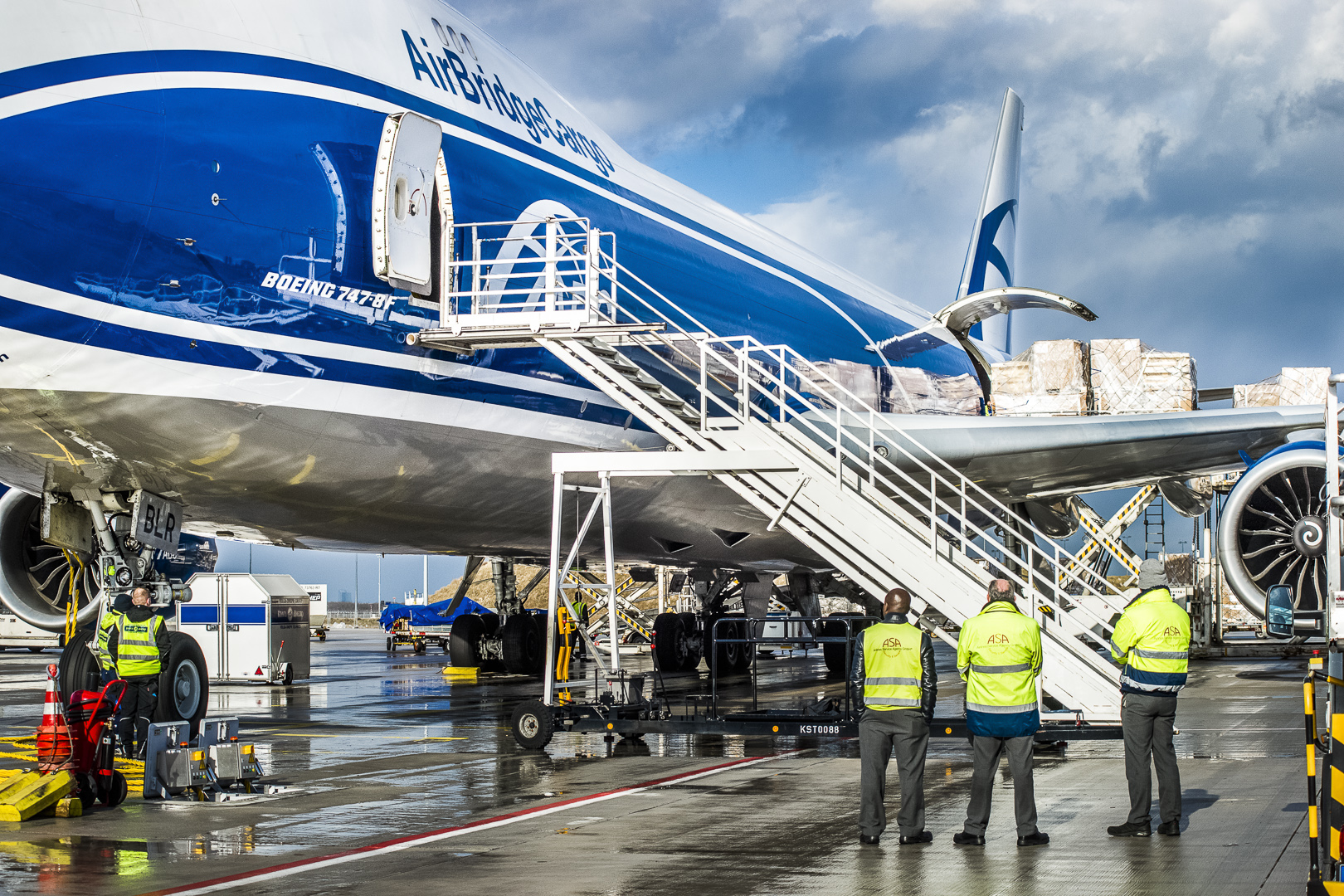
Addressing the Russia & CIS Aircraft Conference, Denis Ilyin, Senior Vice President for Strategy and Commercial at AirBridgeCargo Airlines, said: “Despite a certain decrease in the passenger air market, global air cargo is constantly developing and average annual growth up to 2025 is forecast at between 5.4% and 7.1%. Russia can and will benefit strongly from this. Airfreight growth in Russia over the next 17 years is forecast to be greater than that for North America, Europe-Middle East, Intra-Europe, Europe-Africa, Europe-North America, Latin America-Europe and Latin America-North America.”
The development of Russian hubs in Moscow and Krasnoyarsk will greatly support Russia’s air cargo growth, he added. Moscow is a natural hub connecting Europe to the Middle East, Indian Subcontinent and Southeast Asia while Krasnoyarsk in the Russian Far East sits in the centre of major tradelanes that connect the USA, Europe and Canada to China, Japan and Southeast Asia.
Russia’s role in global air logistics will increase from its present 1.4% share of the total US$80 billion global market to 8% in 2015 and 16% in 2030 worth an estimated $8.4 billion and $25.6 billion respectively.
Cargo carried on ramp aircraft is forecast to grow at a faster rate than non-ramp aircraft. This will create many new opportunities for the Russian cargo aircraft market.
Volga-Dnepr Group, parent of AirBridgeCargo and Volga-Dnepr Airlines, the world’s largest charter carrier of outsize and heavyweight air cargo, estimates an 8-10% growth in demand for ramp aircraft up to 2020. The global fleet of 479 ramp aircraft – AN-124-100, IL-76, AN-12 and C-130 freighters - currently accounts for 1.4% of the total $80 billion worldwide market.
According to Denis Ilyin, Russian cargo airlines’ share of both the scheduled and charter market using ramp aircraft is set for further rapid growth. The 1.4% share of scheduled cargo carried by Russian carriers will grow to 10% by 2020. Russia’s already dominant position in the $1 billion ramp aircraft operations market will increase from the current 74% market share to 90% in 12 years time.
This upward trend will be met by a growing fleet of Russian and Western-built freighter aircraft. By 2020, development forecasts indicate that 52 AN-124 freighters will be required to support 39% of the buoyant Russian market.
Similarly, the IL-76 fleet will need to grow from 28 freighters in 2008 to 41 aircraft by 2020 to meet demand.
Russia’s scheduled cargo service market – currently supported by 21 freighters in the 10-30, 30-100 and 100+ tons categories – will require 76 freighters by 2020, including 25 Boeing 747s.
